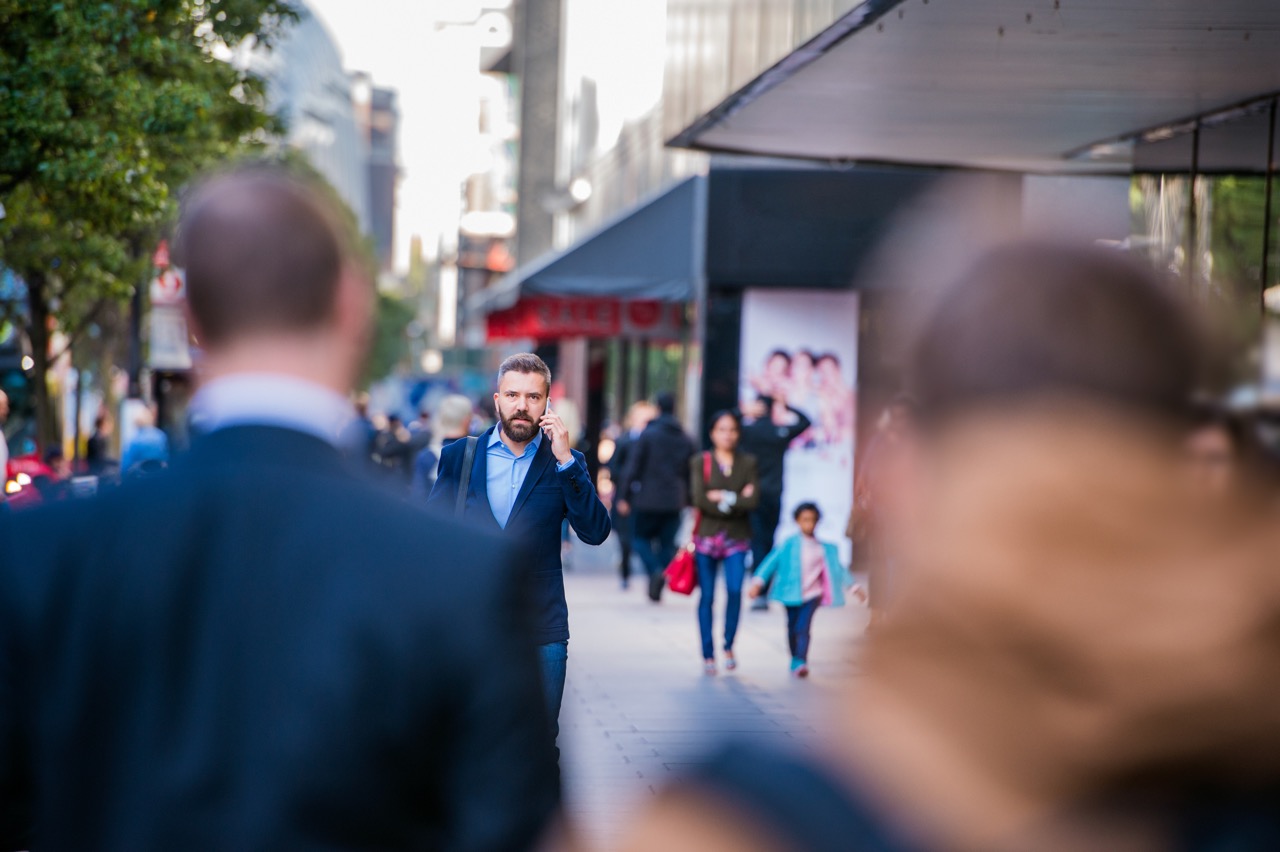The Office for National Statistics (ONS) reported this morning that retail sales in Great Britain experienced a notable increase. In May 2024, retail sales volumes rose by 2.9%, rebounding from a 1.8% decline in April 2024. This rise reflects improved performance across various retail sectors, driven by better weather conditions and promotional activities.
Clothing and footwear retailers saw significant growth, with sales volumes in non-food stores increasing by 3.5%. This surge represents the largest monthly rise since April 2021, following a 3.0% decline in April 2024. The improvement was attributed to enhanced footfall and successful promotions during the warmer weather in May.

Online retail also contributed significantly to the overall increase. Non-store retailers, primarily online, reported a 5.9% rise in sales volumes, marking the highest monthly increase since April 2022. The rise in online sales was largely driven by strong performance in clothing and other non-food categories.
In terms of overall retail performance, the three months leading up to May 2024 saw a 1.0% increase in sales volumes compared to the previous three months. Despite this quarterly growth, sales volumes were still 0.2% lower than the same period in 2023, indicating a cautious recovery trend within the retail sector.
The data also highlighted the impact of seasonal adjustments, including considerations for the bank holiday on 8 May 2023 for the coronation of King Charles III. These adjustments played a role in the seasonal variation observed in the retail sales figures.
Jacqui Baker, head of retail at RSM UK and chair of ICAEW’s Retail Group, comments: “Retailers will be pleased to see the big gains from the odd sunny day and improvements in the economy have started to filter through to sales. Despite turbulence in sales at the start of the year, volumes were up 1.0% in the three months to May overall. With consumer confidence improving to -14 in June, consumers stocked up on clothing in anticipation of their summer holidays and rumours of a UK heatwave, but confidence to spend on big ticket items remains low.
“While consumers are still conscious of what they’re spending, confidence is improving, with inflation now back at the Bank of England’s 2% target, real wages growing, and interest rate cuts expected soon. Set against this improving picture, retailers will be hoping Euros and Olympics fever grips the nation leading to a summer boost in sales.
“With only two-weeks until the UK general election, which has undoubtably created a level of uncertainty, the pressure is on the next government to offer support for retailers. An overhaul of the business rates system and a U-turn on tax-free shopping cannot be ignored if this important area of the economy has a chance of thriving.”
Thomas Pugh, economist at RSM UK, added: “The massive 2.9% m/m rebound in retail sales volumes in May is a good sign that the general economic weakness in April was down to the bad weather and some out of step seasonal adjustments, rather than a return to the stagnation of the last few years.
“Indeed, using the 3m/3m measures, which smooths out some of the month-to-month volatility and is a better measure of the underlying trend, sales volumes were up 1.0% in May and have risen for three months in a row. Clearly retail sales are now on a rising trend after a three-year period of decline, reflecting improvements in real incomes and consumer confidence, which rose to -14 in June.
“We expect retail sales volumes to continue to gradually improve from here for three key reasons. First, households’ real disposable incomes are set to rise rapidly with inflation back to 2%, tax cuts kicking in and as the large minimum wage rise is felt in people’s pockets. This will boost overall consumer spending and retail sales volumes. What’s more, consumer confidence should continue to rise ensuring that households spend most of their new income. Admittedly, the campaign for the general election may knock consumer confidence in July but we don’t expect this to be significant.
“Second, inflation is especially weak within retail sales. Indeed, the price of retail goods increased by just 1.2% in May annually, the slowest rise since early 2021. This means that continued strong nominal spending will increasingly show up in sales volumes.
“Third, retail sales volumes are still about 2% below their pre-pandemic level. This is partly a hangover after a huge splurge in spending on goods during the pandemic. But after two years of reduced spending on retail goods, households will need to start replacing some of those things bought during the pandemic. What’s more, as the housing market starts to recover and transaction increase, this will boost demand for household goods.”

















